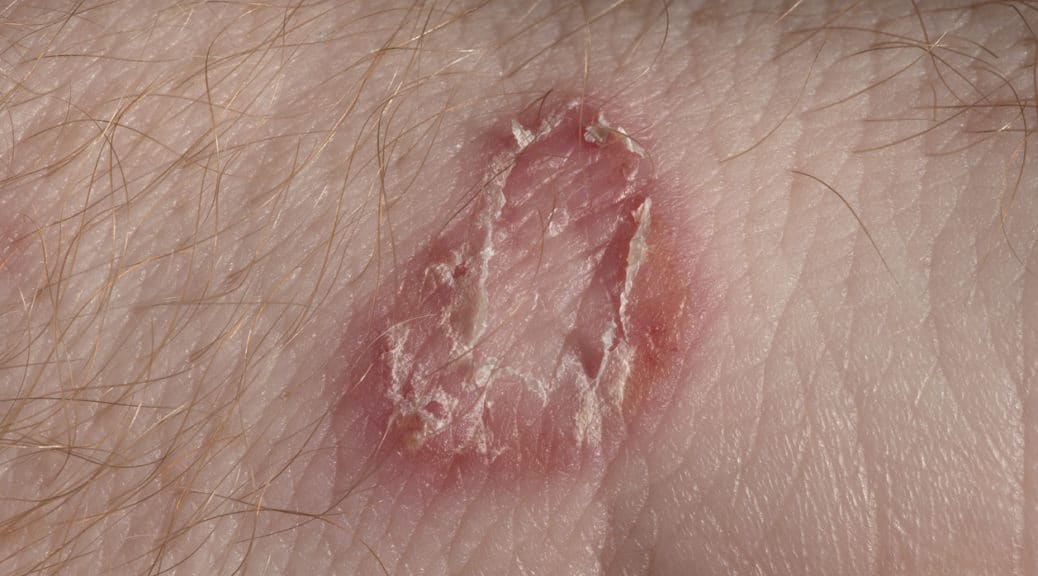- Home
- Product
- Patient
- Order Online
- Prescription Quote
- What is a Compounding Pharmacy?
- Collect at your Pharmacy
- Find a Pharmacy
- Find a Integrative Doctor
- Child Friendly Medication
- Vet & Animal Compounding
- Easy to Swallow Pills
- Motion & Seasickness
- Medication without the Additives
- Unavailable Medications
- Schedule 8 Shipping Waiver
- Pharmacists
- Prescribers
- Shop
- FAQs
- About
- Careers
- Contact Us
- Home
- Product
- Patient
- Order Online
- Prescription Quote
- What is a Compounding Pharmacy?
- Collect at your Pharmacy
- Find a Pharmacy
- Find a Integrative Doctor
- Child Friendly Medication
- Vet & Animal Compounding
- Easy to Swallow Pills
- Motion & Seasickness
- Medication without the Additives
- Unavailable Medications
- Schedule 8 Shipping Waiver
- Pharmacists
- Prescribers
- Shop
- FAQs
- About
- Careers
- Contact Us
Could your red, itchy rash be skin fungus?

Summer in Australia is nigh and so is the scourge of skin fungus as the weather gets hot and steamy.
If you’ve ruled out an allergy to a new detergent, skin care product, household chemical or environmental factor, there’s a chance your red itchy rash may be caused by a skin fungal infection, common at this time of year.
What is skin fungus?
Skin fungus – also known as tinea – is exactly what it sounds like – its fungus growing on the skin. Fungus is everywhere in our environment and most of the time it does us no harm, however there are certain types of fungus that love living on the skin and nails and will do so when the opportunity presents.
There are five main types of skin fungus:
Athlete’s Foot: So called because it is often the result of hot, sweaty feet being confined in close-fitting shoes for extended periods of time. It can also be picked up from wet bathroom floors and usually starts with skin peeling between the toes followed by a red itchy rash.
Jock Rash: Affecting the groin area, jock rash is itchy and tends to flare up during hot, humid weather. It is more prevalent in men than women.
Nail Fungus: Toenails and sometimes fingernails become thick and brittle and turn a yellow-ish colour.
Scalp Ringworm; Most common in younger children, Scalp Ringworm is very contagious and presents as an itchy, scaly scalp, which can lead to patchy hair loss.
Ringworm: This rash often appears as a ring shape and can be found on any area of the skin. It’s usually caught from other people or animals.
Anyone at any time can find themselves living with skin fungus however there are a number of factors that can increase your risk.
Risk factors for skin fungus:
- * Excessive sweating especially in the hot, humid weather of an Australian summer.
* Pregnancy - * Diabetes
- * Excess weight
- * Incontinence (for example, baby’s nappy rash)
- * Weakened immune system from immunosuppressant medication or chemotherapy
- * Long term use of antibiotics
- * New skin care products or other household products can sometimes trigger an allergic reaction which in turns leaves the skin more susceptible to fungus attack.
Is skin fungus dangerous?
The short answer is ‘no’. Most of us at some time in our lives have either had skin fungus or know someone who has. It can usually be treated with a topical, specially formulated, cream.
How to prevent skin fungus
Some people are genetically pre-disposed to skin fungus however you can reduce its prevalence by:
- * Washing your hands thoroughly after handling animals and don’t let the animals get near your face.
- * If you have Athletes Foot or Jock Rash, wash your socks and underwear separately from your other clothes and also put them in separate laundry baskets while waiting for wash day.
- * If possible, stay cool and dry and minimise sweating
- * Don’t use the same nail clipper for infected and healthy nails
- * If one person in your household develops skin fungus, treat the whole household, as the condition is very contagious and will readily transmit back and forth between people and animals.
Note from National Custom Compounding
Skin fungus can make life very uncomfortable and for some people it’s a regularly recurring problem. Australian summers with their hot and humid conditions can exacerbate the situation.
Stubborn cases may require antifungal oral medications, however it’s worth trying specially compounded creams in the first instance.
National Custom Compounding specialises is antifungal creams using ‘old-fashioned’ time-honoured ingredients as well more contemporary scientifically-proven formulations.
Talk to your integrative doctor ( we can help you find one of those) about a treatment that’s right for you, or alternatively contact us for free advice on your skin fungus treatment options.
